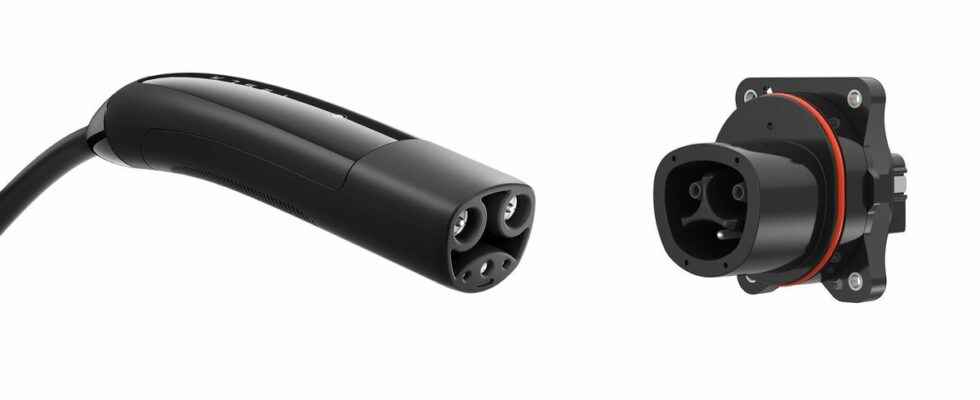If CCS (Combined Charging System) connectors have supplanted Japanese CHAdeMO sockets, will CCS sockets in turn be replaced by Tesla NACS sockets? For users of electric cars, the question deserves to be asked insofar as Tesla recently opened up the design of its Superchargers to third parties. As such, NACS (North American Charging Standard) sockets may be required.
While the CCS socket (and Type 2 as CCS2) has effectively become the fast-charging standard in Europe, the situation in the US is different. According to Tesla, there are twice as many vehicles with a NACS socket as those driving with a CCS socket, and the Supercharger network has 60% more NACS terminals than all networks equipped with CCS combined.
Accumulating 32 billion kilometers of charging and launched in 2012 with the Tesla Model S, NACS sockets naturally imposed themselves on the American market until they became the norm. However, if some might consider this hegemony through the simple prism of a protocol war, NACS charging has an undeniable advantage: it is able to support up to 900 kW of power. Tesla indeed announces having succeeded in delivering a voltage of 1000 V at an intensity of 900 A – opposite, the CCS connector only seems to be able to support powers of up to 450 kW. Also, its connector seems to be able to work at both 500V and 1000V interchangeably.
Tesla therefore invites “charging network operators and vehicle manufacturers to equip their equipment and vehicles with the Tesla Connector and Charging Port (NACS)”. To encourage operators, Tesla goes so far as to post the design and specification files on its blog, recalling at the same time as its connector “is twice as small and twice as powerful as CCS connectors”. There is little chance, however, that this format will prevail for the moment in Europe insofar as vehicles equipped with CCS connectors remain in the majority and Tesla should convince its competitors to change the charging standard.
